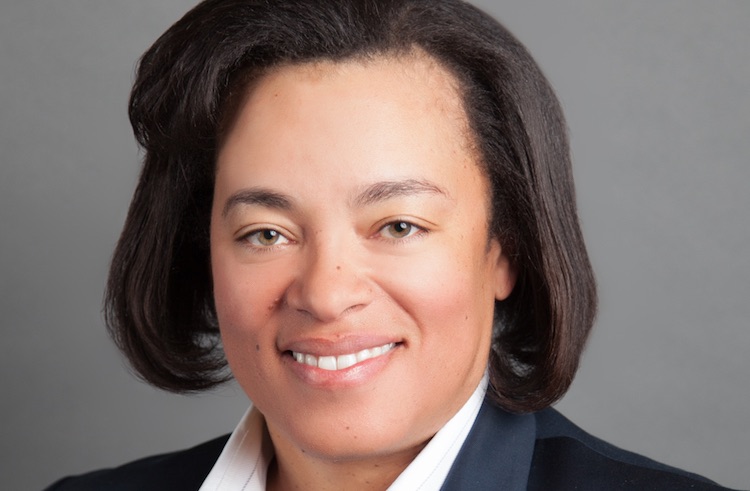Culture and Talent
Wells Fargo’s Monica Cole: Banks should rethink diversity training
- Diversity initiatives are great for raising awareness, but do little to make actual changes in a company's culture or its bottom line.
- Women climbing the corporate ladder have made a lot of progress, but sometimes it still takes a man to act as a change agent.








